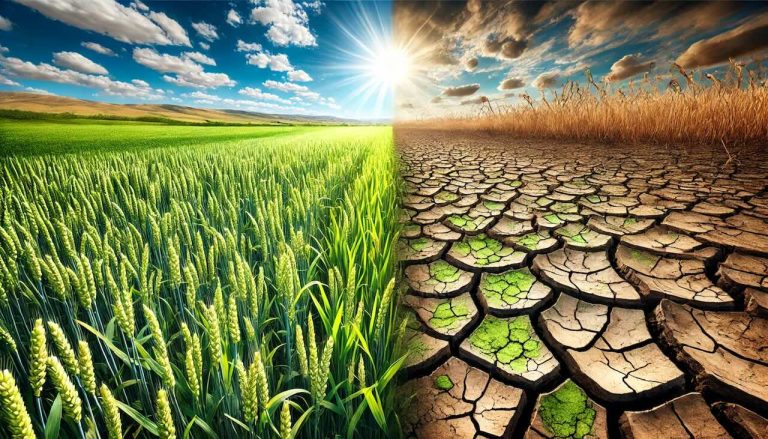
Paleoclimate evidence confirms that warmth reduces drought frequency and intensity. [emphasis, links added]
A new study using Asian tree pollen records confirms that over the past 8,000 years, Centennial-scale warming periods are associated with reduced droughts, famines, and crop failures.
“…warm periods are associated with increased precipitation and relatively brief drought events.”
In contrast, Centuries of cooling (such as the Little Ice Age) triggered “extreme arid conditions” or megadroughts, resulting in widespread ecological difficulties.
“…cooling trends in the Northern Hemisphere may lead to continued extreme droughts in the dry tropics.”
Because warming is associated with increased rainfall, while cooling leads to drought, Interestingly, modern trends run counter to expectations from a warming climate.
Despite lower carbon dioxide concentrations in the first half of the 20th century, tThere was more precipitation (warming) from the 1900s to the 1960s, and less precipitation (cooling) from the 1970s to 1990s.
“…annual precipitation was relatively high before 1970, which was associated with a relatively high tree pollen percentage. However, from the 1970s to the mid-1990s, both tree pollen percentage and annual precipitation declined.”
The authors conclude that the dangers of global warming should not be emphasized, but given the environmental consequences, “It's also important to address potential hazards associated with cooling.”

Read more in the Trick-Free Zone
